|
Representation is great! Serving your readers well-rounded characters in a variety of ages, races, genders, levels of ability, sexual orientations, etc etc etc is amazing. It’s the right thing to do, and that reflects in the readers who choose to read diversely.
However, it’s important to be diverse in your diversity. What does this mean? It means not “tokenizing” your nonwhite, noncis, nonstraight, nonmale characters. It means having various people of color, not just one Black dude. It means showing all kinds of women doing all kinds of things. It means having disabled characters beyond one who uses a wheelchair. And for our purposes here in June, it means writing characters on the queer spectrum.
It’s cool to write gay characters. We love a little mlm / wlw energy. Write gay people! Hell yeah! We support you! However, if you just write the one gay couple, it may come across like you don’t know what the BTQIA+ stands for. It may come across a bit tokeny.
The thing with The Gays™ is they travel in packs. Queer friends have queer friends. Just like how a volleyball player is probably friends with other volleyball players because they share perspective and interests, queer people tend to hang out. So it’s actually pretty unrealistic to write one gay person or couple out in the world by themselves. So what do you do? Add more of The Gays™? No! It’s time to explore the BTQIA+. Why keep returning to the LG when there are five-plus (omg the plus is actually a plus) other letters to worry about? It’s crucially important to include not only “a queer character” in your book, but to incorporate the queer spectrum. *rainbow jazz hands* You are not required nor expected to write your book to include One Lesbian Character, One Gay Character, One Bisexual Character, One Transgender Character, One Intersex Character, One Asexual Character, and One (oh, let’s sayyyyyyyyyy) Polyamorous Character. This isn’t Gay Lord of the Rings. But if your goal is to include queer characters and you don’t explore all the flags, then you’re falling short. written by Christina Kann
0 Comments
The short answer: Anyone!
The longer, much more accurate answer: Anyone who will write their queer characters with the same level of respect and dignity and research that they would any other character. Queer characters should exist in stories, the same way they exist in the real world. Even if you’re not part of the LGBTQIA+ community, any world you create needs to acknowledge that queerness is part of life, part of story, part of humanity. Plus, writing stories is about blending our own unique reality with creative license, with imagination and deep ponderance of the world around us, including the parts we don’t know everything about. Great writers have great empathy, the ability to imagine what it’s like to live in someone else’s shoes. And wouldn’t this world, and literature in general, be incredibly boring if authors only wrote characters like themselves? What’s important is how you write queer characters. Here are some things you need first.
Here are some things to keep in mind as you think about your characters.
“Father, I did not know you were there, in the kitchen,” I said.
“I see,” he responded. “Well, Sarah, I have just come in from the garden. I do not know why you did not see me.” Yikes! Wow, that’s some seriously bad dialogue. You know the saying about porn? “It’s hard to define, but I know it when I see it.” Yeah, that’s bad dialogue. Bad dialogue can absolutely, single-handedly ruin your book. Getting a grasp on writing organic dialogue is one of the most important things a writer can do for their craft. But how do you spot bad dialogue? And how do you write organic dialogue? Contract.
People almost exclusively use contractions in speech unless it’s for emphasis. “I don’t know where your hat is,” might escalate to “Dude, I DO NOT KNOW where your hat is!” But in regular, ongoing speech, it’s better to err on the side of contracting than to separate out all your “do not”s.
Don’t say their name.
This is probably the biggest offender we see in new authors’ unedited books. People don’t say each other’s names! Again, unless it’s for emphasis, people literally don’t say each other’s names when they’re speaking to each other. Why would they?
In the above example (silly, I know), Father calls Sarah Sarah and Sarah calls Father Father. Sure, it’s only a two-line exchange, and we don’t know what might be going on around them. But say they’re alone. Why would Sarah need to say “Father”? Who else might she be talking to? She’s probably even looking at him. And further, Father certainly doesn’t need to say “Sarah,” as he’s directly answering Sarah’s question. Again, emphasis changes how we speak. “I don’t know where your hat is,” might escalate to “Sarah! I SAID I didn’t know where your hat is!” In a tender moment, a character might say another’s name. But in general, skip the name-calling. We “‘we” being the characters and the readers) all know what’s going on here. Skip dialogue tags when possible.
“Hey,” I said.
“Oh hey, what’s up,” Emily responded. “What are you working on?” I asked curiously. “Just painting,” Emily answered. She waved her paintbrush and giggled. “Ah,” I said. “That’s cool,” I added. Ugh, I’m exhausted just writing that example! Reduce dialogue tags so your readers don’t get exhausted! Of course, dialogue tags can be crucially important for making a dialogue exchange clear. However, they are also criminally overused in amateur writing. When dialogue happens in real life (I think we just call that “talking”?), it happens quickly. For your reader to perceive your dialogue as organic, it helps if it can be read quickly. Dialogue tags slow down your dialogue. They’re clutter. They almost never bring new, true meaning into your book. Cut dialogue tags you don’t need—for example, if two characters are talking back and forth, you can seriously limit your dialogue tags, as it’s as simple to keep track of those conversations as it is to watch tennis. Even when you’re writing scenes with bigger casts, you can limit dialogue tags. Cut a dialogue tag and opt instead to include some body language that augments the dialogue. Cut a dialogue tag and add some inner monologue. Cut a dialogue tag and trust your reader to be able to follow. Even with a cast of several characters, if two are talking back and forth for several lines, you simply don’t need dialogue tags. Trust your reader! They aren’t stupid. They’re actually probably quite skilled at reading. So trust that they can follow what’s happening even when you don’t label every single word. Mess up.
You know what humans definitely don’t do? Talk good. Haha! Short of a highly skilled professional public speaker, humans no talk no good. We say dumb shit. We mess up and keep going. We mess up and stop and start over! We start a sentence and halfway through we forget what we were saying.
People don’t talk in complete sentences, not really. We speak in bursts. In linguistics, they aren’t even called “sentences,” because they’re different; they’re called “utterances,” and their rules are different. None of your characters should be speaking in complete sentences all of the time. It’s just not realistic! Write your characters messing up. Especially in emotionally charged moments, your characters won’t be speaking perfectly. It shows their humanity if they talk dumb when mad, just like us. Write each character to speak differently.
People speak differently. All people, even similar people, speak differently. By writing each of your characters to speak differently, you make their speech more organic—and you make your character fuller and more convincing at the same time!
Some people stutter a lot. Some people use big words because they read a lot. Some people use big words because they want to sound like they read a lot. Some people don’t talk often. Some people never stop talking. Some people are interrupters; some people wait for an opening. Some people have accents; some people have speech impediments. Some people speak quickly and energetically, off the cuff, while others are more measured and plan carefully. It’s been said (by someone, idk who) that you should be able to tell who in your book is speaking without any dialogue tag at all, just by looking at how they speak. Like much writing advice, this is an excellent guide, but don’t take it literally. You can’t make every single utterance reflect a whole personality. But generally, readers should be able to notice differences in characters’ speech patterns. Read it aloud.
The only way to truly evaluate if your dialogue sounds organic is to read it aloud to yourself or to someone else. When the words come out of your mouth, they should feel natural. You’ll notice really quickly that you need more contractions, that your lines are too stilted, that your characters all sound the same, when you start reading aloud.
Dialogue can make or break a book. A book with a weak plot or theme can be literally held aloft by its characters and their dialogue. Artful, realistic dialogue is the hallmark of a skilled author. So do your work and make sure that all your characters are speaking organically and authentically to themselves. written by Christina Kann
The difference between the middle-grade and young adult book categories may seem obvious—one’s for younger kids and one’s for older kids . . . duh! Well, that explanation is a bit reductive because there are loads more things to consider, but it’s also not even incredibly true given the fact that I know plenty of thirty-somethings who read books in both categories (raises hand). Really, the categories exist for folks like us, publishers, who are desperately trying to get books into the hands of a target audience, and people with children who want to make sure their kids are reading at what they deem to be an appropriate level. Slapping a label like middle-grade or young adult on a book makes it infinitely easier to market and infinitely easier to pick up for readers. So, what might you expect to see in a book placed in the middle-grade category and what might you expect from a book labeled as young adult?
The first detail people generally look to when determining which age category is most appropriate for a book is the main character’s age. How old is your protagonist? Oftentimes, young readers want to read about characters who are just slightly older than they are, so for a middle-grade book, you’re looking at characters anywhere between ten and thirteen years old; and for a young adult book, the characters are typically between fourteen and twenty-two. But the differences don’t stop there! Let’s break it down even further. Middle-Grade
Logistics
Content
Examples
Young Adult
Logistics
Content
Examples
If you’re writing a middle-grade or young adult book, we hope these guidelines will help you figure out where your book might fit best, and if you’re reading a book in either category . . . have fun! They’re two of our favorites!
written by Grace Ball The surprisingly useful writing advice (that doesn’t actually require alcohol)
There is a lot of writing advice out there.
Write every day at 3 a.m.! Write on an old typewriter! Subscribe to this writing class for only $99.95! Write at least two thousand words a day! (Calm down, Stephen King.) Buy this expensive notebook for inspiration and then never write in it because it’s too much pressure! (That one’s from me.) While it’s hard to figure out what’s useful and what’s useless in the world of writing guidance, there is a bit of advice that connects many of the most successful writers in the world: Write drunk, edit sober.
Yep! This succinct bit of advice (credited to the perpetually-drunk Ernest Hemingway) packs a surprisingly strong double-shot of usefulness, and you don’t actually have to drink a damn thing to use it.
Here, I’ll translate: Write without inhibitions; edit full of them. When it comes to writing your first draft, just write it. Spit it out. Don’t censor yourself. That voice inside your head that stops you every time you start to put pen to paper (or fingers to keys)—the one that tells you your ideas aren’t good enough, the words aren’t right, a “real writer” would know what to do with all your jumbled ideas—tell that fool to shut up! There is no “real writer,” and there is no perfect first draft. You can’t turn your ideas into a well-crafted book while they’re still floating around in your head. As V.E. Schwab (author of many wildly successful books Wildling can personally recommend, like Vicious and The Invisible Life of Addie LaRue) has said, “You can’t write a book right until you write it wrong.” This means you don’t write a great book--you just write, then you make the book great through editing. Even Neil Gaiman, one of the most prolific, successful, and imaginative writers of our time, has repeatedly told his fans, “The process of doing your second draft is the process of making it look like you knew what you were doing all along.” It’s only after you’ve spilled all your ideas onto paper that you begin the tough, slow, sometimes sobering work of editing. Most of your favorite authors, from those we study in school to cult favorites and guilty pleasures, are great at pouring out the first draft with some version of wild abandon, and then editing that mess meticulously--sorting, organizing, rearranging, cutting, and reworking it until it’s the carefully crafted finished piece their readers fawn over. Great writing may read like magic, but it actually took a lot of regular, sometimes painful, sometimes boring, sometimes bad (and yes, sometimes drunk) human work to make it. So whether you need a swig of good whiskey to help you loosen up or not, just remember: write like there are no rules--save those for the second draft. Stretch your fingers, shake those doubts from your mind, and write with the untethered audacity of a drunk Ernest Hemingway. You won’t regret it. by Mary-Peyton Crook
A Thousand Ships by Natalie Haynes
Cinder by Marissa Meyer Circe by Madeleine Miller The Witch’s Heart by Genevieve Gornichec Cinderella Is Dead by Kalynn Bayron Ariadne by Jennifer Saint The Silence of the Girls by Pat Barker You probably recognize these books, may have even read a few! And so I ask, what do they have in common? Yep, you got it—they’re all retellings of myths. And true! Look at you, smarty-pants—they were all published within the last ten years. So, why is this particular genre of fiction, myth and fairytale retellings, so hot right now?
Well, if you ask us, it all comes down to accessibility and inclusion. These retellings are an opportunity to include those voices and perspectives that were sidelined in the original mythos. They’re often written in a way that’s digestible, certainly more so than the original tales they’re based upon. In fact, you really don’t even need prior knowledge of the original myth to read these books! These retellings are actively filling a major gap in the book world, and that’s why they’re important.
Maybe you’d like to have a go at writing your own retelling. From a publisher’s perspective, here’s our advice to you: Research, research, research!
Perhaps the source material isn’t totally crucial when reading a mythological retelling, but if you’re writing one, you better brush up! You’ll have to know all the characters and the parts they play to check off the next items on our list.
Find a voice you want to amplify.
We recommend looking for a lesser-known character in the original myth to give you some wiggle room when creating the plot of your retelling, and here’s why. We listed Ariadne at the top of this post, and while the character of Ariadne may not be at the very forefront of classic Greek mythology, she is a relatively well-known character, and therefore, Saint’s retelling ends up staying pretty close to Ariadne’s original tale. If you pick a lesser-known character, though, you’ll have more opportunity to get creative with how that character’s story comes together. To us, that just sounds like a better time for you and for your readers!
Figure out what you want to contribute to the overall narrative.
This is so, so important. After all, if you’re not adding something new and fresh to the conversation, why retell the story? It’s great that you’re exploring the perspective of a character the world hasn’t read much about, but how does that perspective impact the larger narrative of this myth and beyond? How does the perspective you’re highlighting relate to our world now? Answering these questions before you put pen to paper will focus your story and help you find your purpose.
Myths have always appealed to us, and why wouldn’t they? They’re epic tales that touch on questions and issues humans have been dealing with for thousands of years. It’s hard to believe that we’re just now, finally, getting the stories of those human characters—women and people of color—that were glossed over by the “classics.” But here we are. It’s incredibly exciting and long overdue. And, hey, if you decide to try your hand at writing your own mythological retelling, send it our way. We’d love to see what you’ve come up with. by Grace Ball |
How Do I Book?We'll try to find the answer to that question in our blog. Archives
August 2023
Categories
All
|

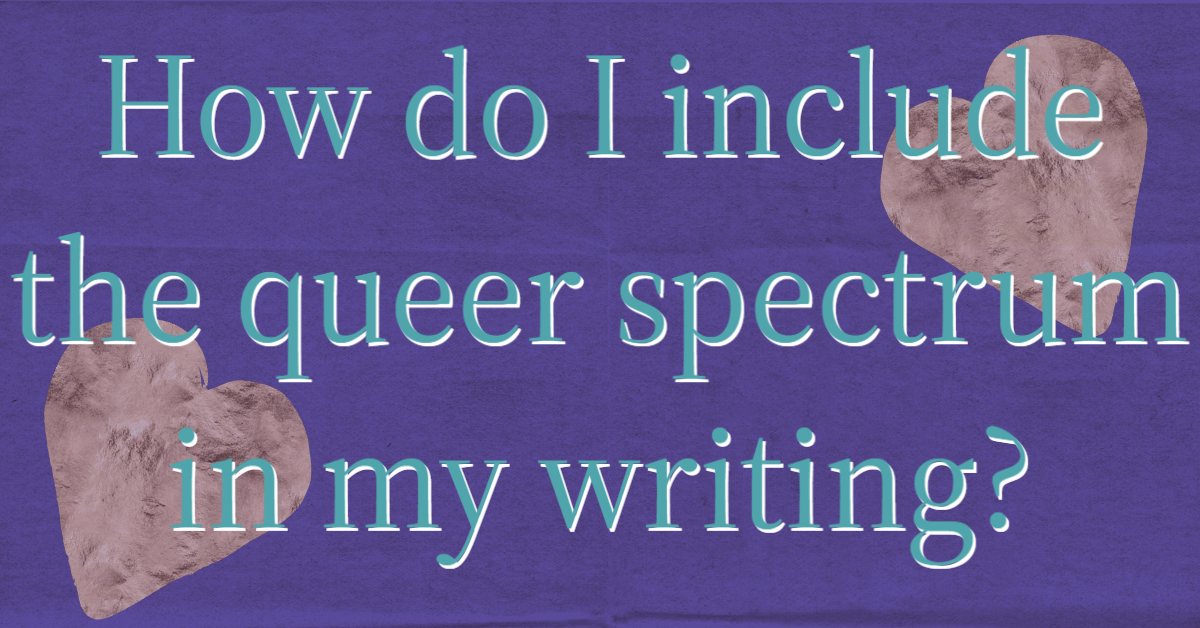
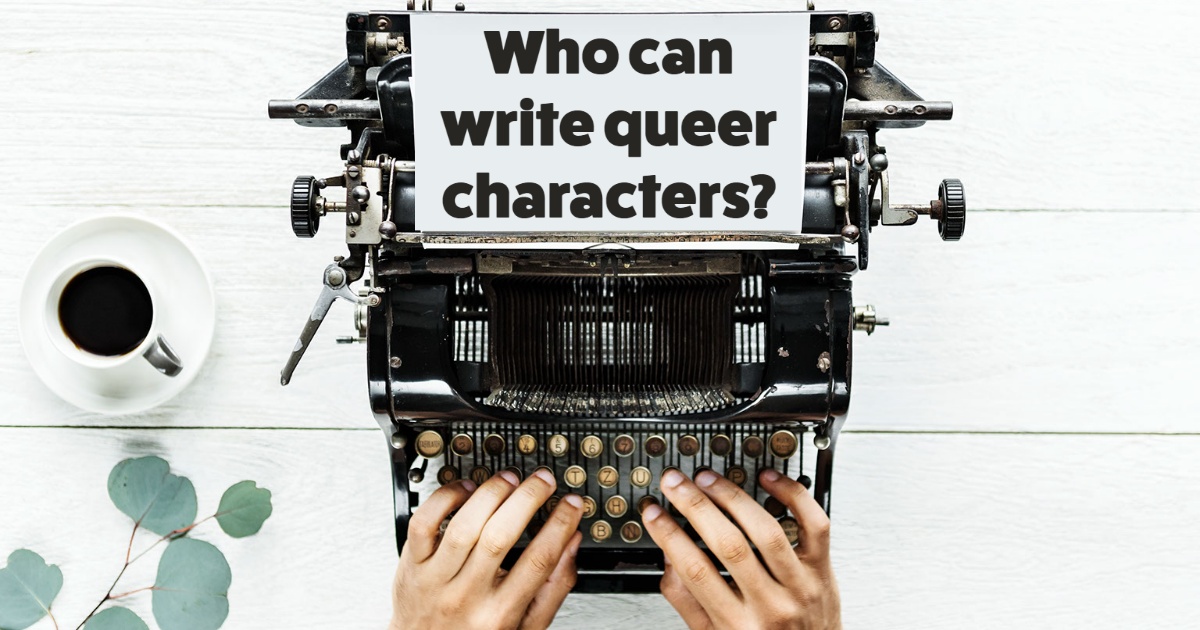
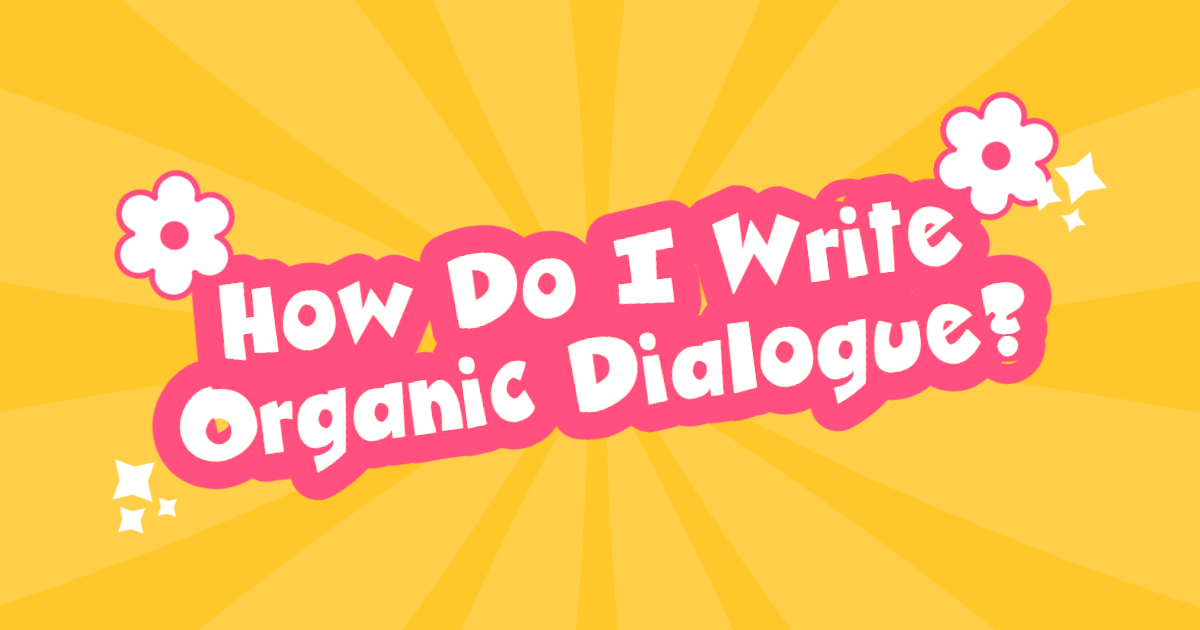
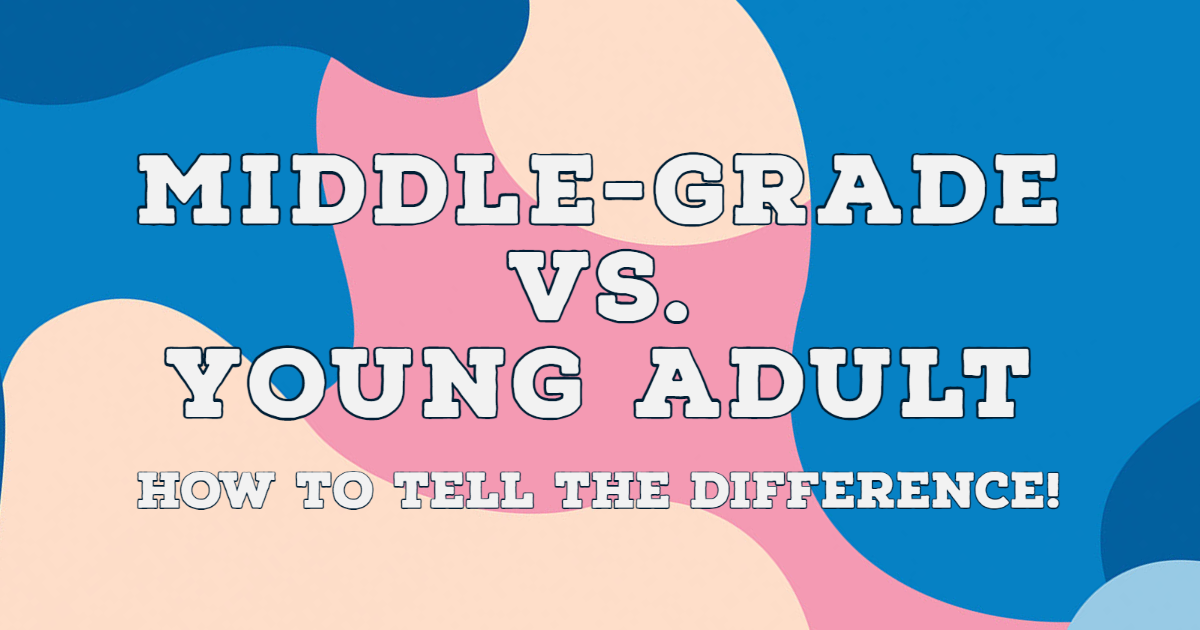
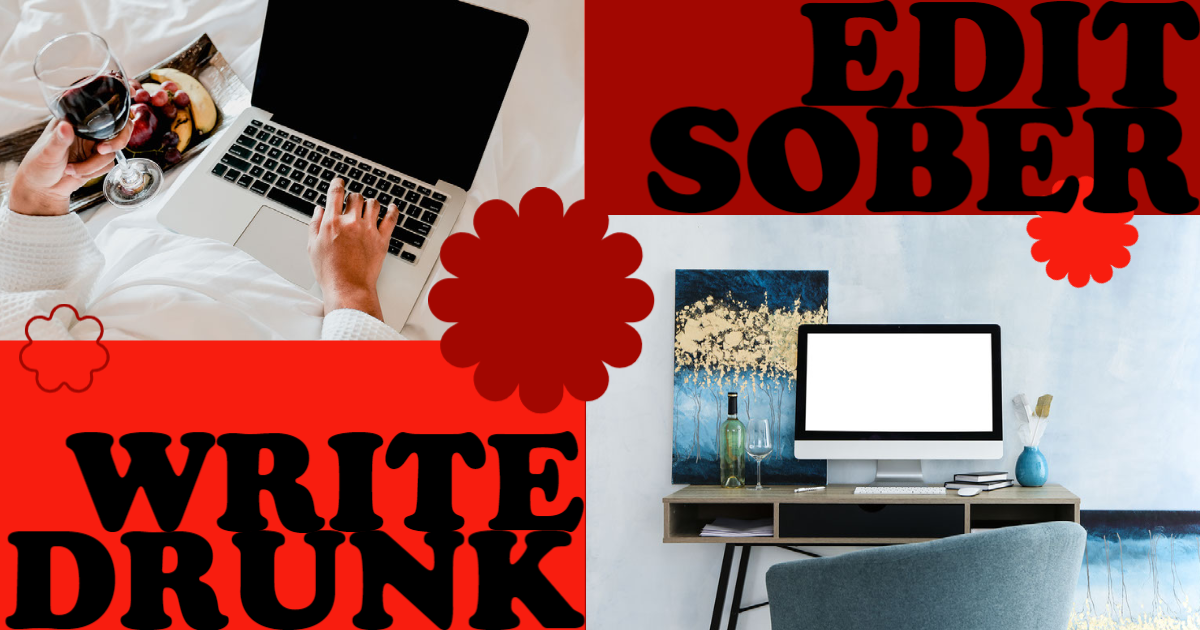
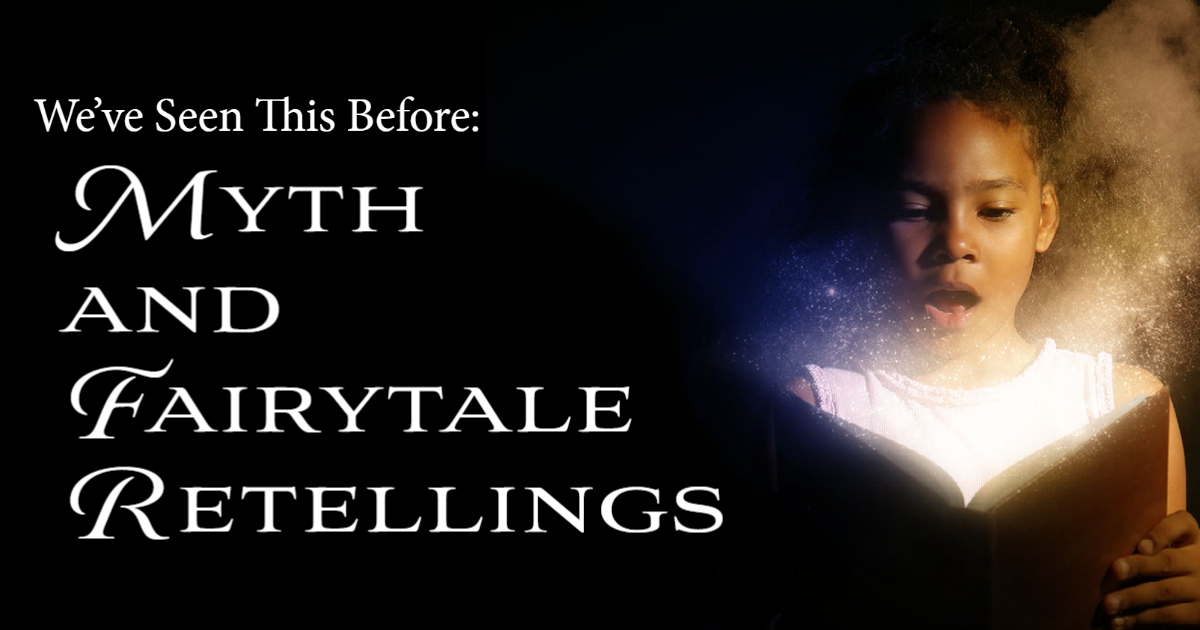
 RSS Feed
RSS Feed